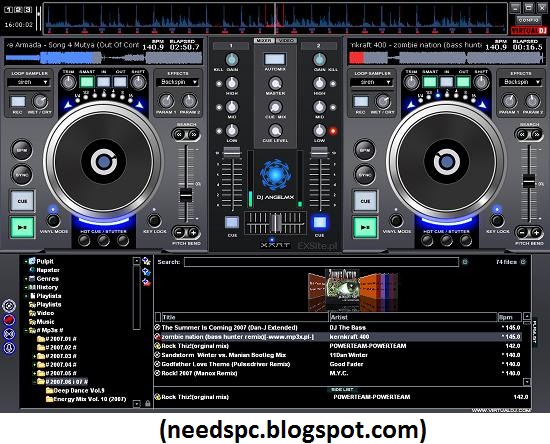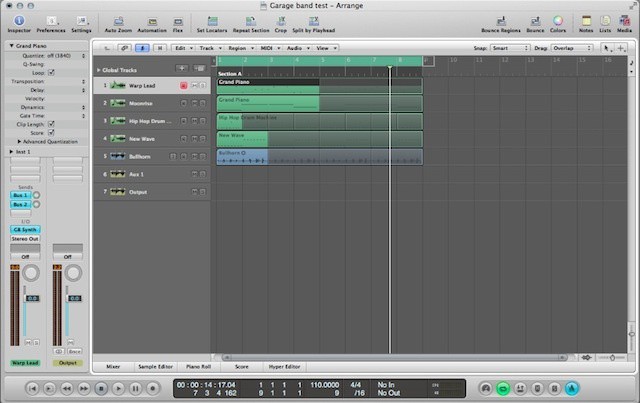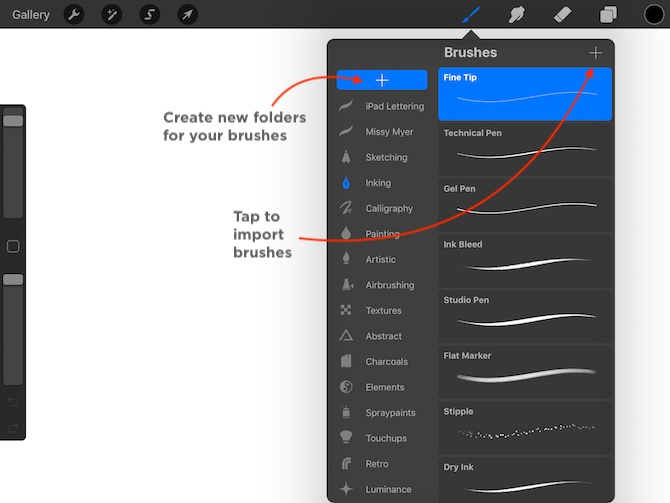Exporter Fichier Garageband Ipad
- Exporter Fichier Garageband Ipad 2
- Exporter Fichier Garageband Ipad Pro
- Exporter Fichier Garageband Ipad 7
Partager les morceaux avec GarageBand pour iPad. Vous pouvez partager un morceau en tant que projet GarageBand ou en tant que fichier audio. Vous pouvez partager des morceaux GarageBand vers un Mac, vers SoundCloud ou vers une autre app sur votre iPad. Oct 04, 2018 Exporting GarageBand stems on iPad is not impossible. In fact, with the inexpensive AudioShare app, it's quite simple. It's super-easy to export GarageBand stems once you know the trick.
GarageBand User Guide for iPad
You can import audio and MIDI files from your computer and use them in your GarageBand song. You can add:
Audio files to an existing Audio Recorder or Amp track
MIDI files to an existing Keyboard or Drums track
Audio or MIDI files to new tracks
Audio or MIDI files to your song from iCloud Drive or your iPad using the Files app
Exporter Fichier Garageband Ipad 2
When you import an audio file, it’s converted to a 44.1 kHz sample rate, 16-bit depth format if the original format is different. Imported audio files don’t follow tempo changes you make in GarageBand.
You need to have unprotected music files on your computer added to Virtual DJ software.How to get your Apple Music to actually play on Virtual DJ? Before that, we would like to show you a workable and practical solution to solve the compatibility issue when you add Apple Music contents to Virtual DJ. Maybe there is a possibility that Virtual DJ may eventually implement Apple Music in the future updates. Why you cannot play Apple Music songs after you add them to Virtual DJ Software? 
Apr 20, 2017 I want to export a midi track from garage band into a MIDI file. I've created a track using garageband. I have tried everything but buying logic pro, and honestly I think it is a bit waste of money if I'm only going to use it once to export a file into a readable midi format. I've tried several forums for help, but nobody have wanted to help me yet. Sep 18, 2018 MIDI file importing in GarageBand iPad and GarageBand iPhone is finally here in version 2.3.6, and in this video I show you how to download a.mid MIDI file and import it in to GarageBand, all on. Open the Dropbox app on your iPad Locate the audio file you want to import into GarageBand Tap the “” button at the top right of the screen Choose Export and then choose Open In. Oct 21, 2019 Step 1: Free download iPhone Transfer Pro, and install it on your computer.Launch the program and connect it to your iPhone or iPad. Step 2: Click the file type of Music, then select the GarageBand you want to transfer.In the end, click Export to PC. You just wait for a while, then you will find the GarageBand file on your PC.
When you import a multitrack MIDI file, GarageBand creates a new Keyboard track for each track in the MIDI file. The total number of resulting tracks cannot exceed 32 tracks. You cannot add multitrack MIDI files to cells in Live Loops.
Exporter Fichier Garageband Ipad Pro
Import audio and MIDI files from your computer
On your computer, add the audio or MIDI files you want to import to the GarageBand File Sharing area in the Finder.
In GarageBand on your iPad, set the current song section to Automatic to import the entire audio or MIDI file; otherwise, only the portion of the file that fits the current song section is imported.
After importing the audio or MIDI file, you can make the song section longer, then resize the region so more of it plays.
Tap the Tracks View button to open Tracks view, then tap the Loop Browser button in the control bar.
A message appears asking if you want to move the audio or MIDI files to the GarageBand File Transfer folder.
Tap Move Files.
The files are moved to the GarageBand File Transfer folder.
To preview an audio file, tap it in the list. You can control the preview volume with the slider at the bottom of the list.
Drag an audio or MIDI file from the list to Tracks view. Align the left edge of the file with the bar or beat (on the ruler) where you want it to start playing.
A new region created from the audio or MIDI file is trimmed to the end of the current song section, unless the current song section is set to Automatic. You can make the song section longer or slow down the tempo, then resize the region so that more of it plays.


Import audio and MIDI files with the Files app
Set the current song section to Automatic to import the entire audio or MIDI file; otherwise, only the portion of the file that fits the current song section is imported.
After importing the file, you can make the song section longer, then resize the region so that more of it plays.
Tap the Tracks View button to open Tracks view, tap the Loop Browser button in the control bar, then tap Files.
Tap “Browse items from the Files app,” then locate and tap an audio or MIDI file to import it.
To preview an audio file, tap it in the list. You can control the preview volume with the slider at the bottom of the list.
Drag an audio or MIDI file from the list to Tracks view. Align the left edge of the file with the bar or beat (on the ruler) where you want it to start playing.
A new region created from the audio or MIDI file is trimmed to the end of the current song section, unless the current song section is set to Automatic. You can make the song section longer or slow down the tempo, then resize the region so that more of it plays.
Import audio and MIDI files using Slide Over
Exporter Fichier Garageband Ipad 7
Set the current song section to Automatic to import the entire audio or MIDI file; otherwise, only the portion of the file that fits the current song section is imported.
After importing the file, you can make the song section longer, then resize the region so that more of it plays.
Swipe up twice from the bottom edge of the screen.
The Dock appears.
In the Dock, touch and hold the Files app, drag it towards the upper-right corner of the screen, then let go.
A Slide Over window opens.
Locate the audio or MIDI file you want to import. If the file is in iCloud Drive, tap the Download button to download it before importing.
Touch and hold the file, then drag it from the Slide Over window to Tracks view. Align the left edge of the file with the bar or beat (on the ruler) where you want it to start playing.
A new region created from the audio or MIDI file is trimmed to the end of the current song section, unless the current song section is set to Automatic. You can make the song section longer or slow down the tempo, then resize the region so that more of it plays.